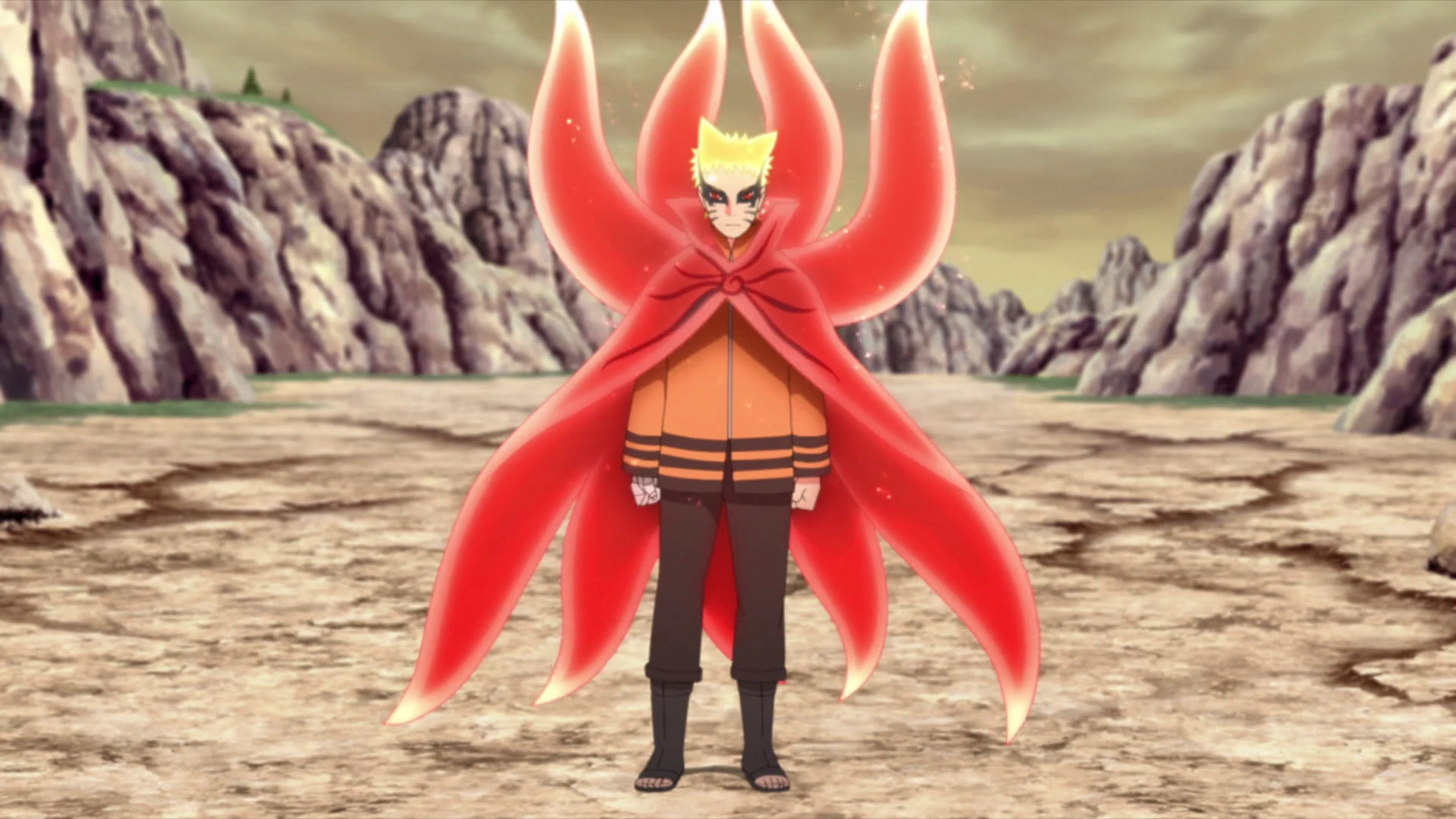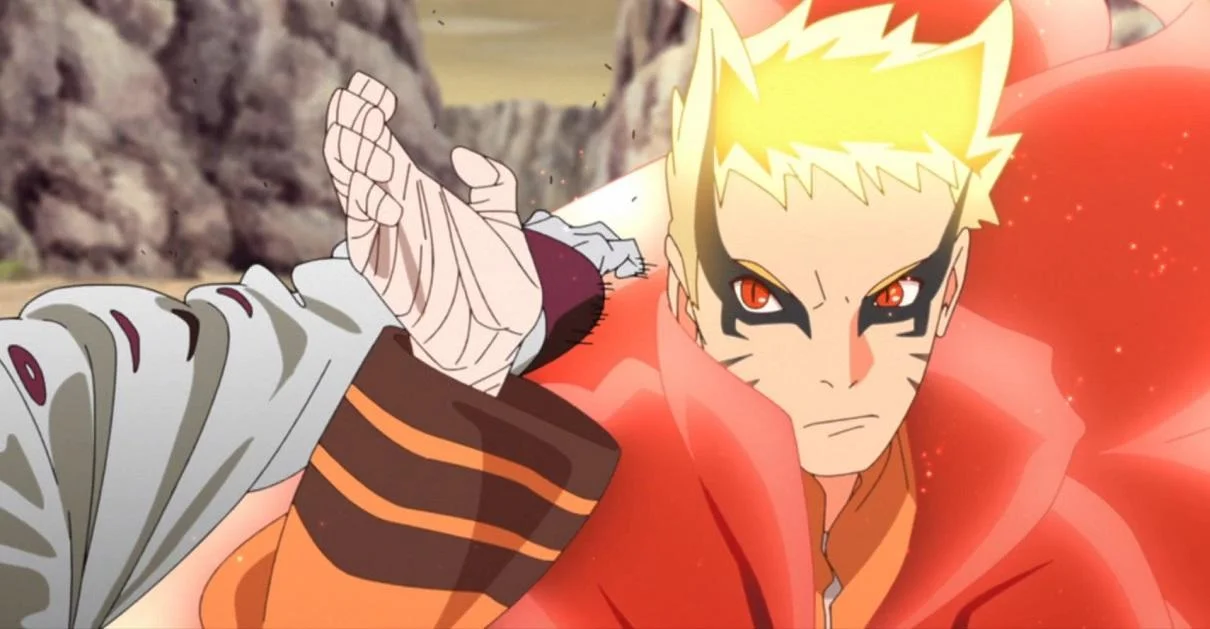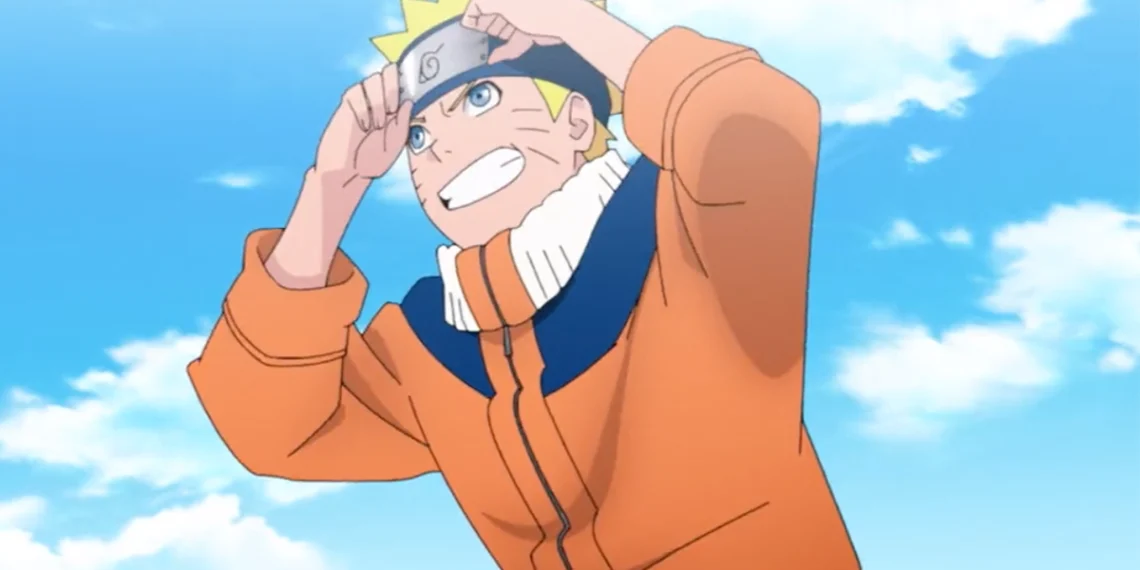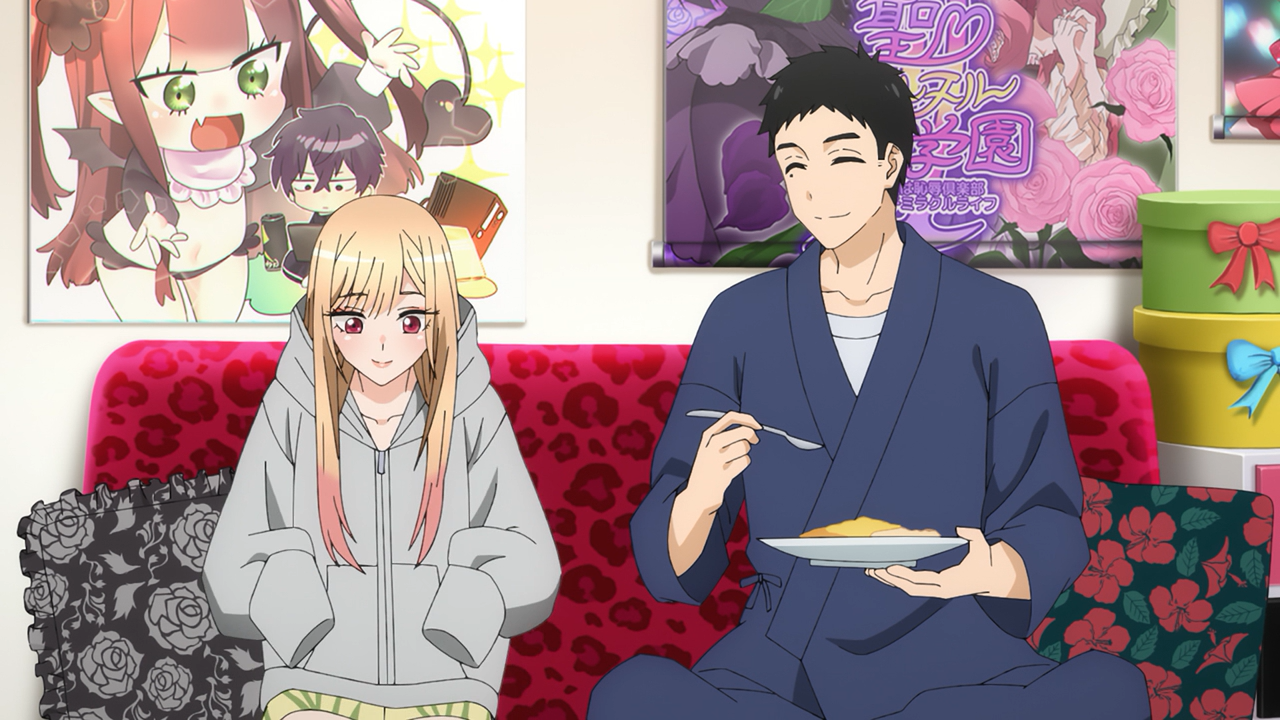Naruto Uzumaki’s journey in the Naruto series is marked by not only his impressive ninja abilities but also his unique approach to conflict resolution, often dubbed as the “Talk no Jutsu.”
This technique, while not a traditional jutsu in the shinobi world, is Naruto’s ability to persuade adversaries to abandon their hostile ways through heartfelt conversations. While some may view this as idealistic or even naive, it’s worth finding whether this approach truly revolutionized the series and resonated with audiences.
From the outset, Naruto’s background is fraught with tragedy, having lost his parents and being ostracized due to the Nine-Tailed Fox sealed within him. Despite these hardships, Naruto’s unwavering determination and capacity for empathy allowed him to forge meaningful relationships with his peers, including Sasuke and Sakura, ultimately forming Team 7.

Naruto’s Talk no Jutsu
Naruto’s first notable display of the Talk no Jutsu came during his encounter with Zabuza, a once ruthless assassin who underwent a change of heart thanks to Naruto’s influence. This trend continued with Gaara, whose perspective shifted after Naruto’s heartfelt words during their intense battle.
The pivotal moment came with Sasuke’s defection from the village, leading Naruto on a path to reconcile with his friend rather than resorting to violence. This commitment to dialogue was further solidified after training during the time skip, emerging as a stronger advocate for peace through understanding.

During the Pain invasion, Naruto faced immense destruction and loss but chose forgiveness over vengeance when confronting Nagato. This act of compassion not only saved lives but also resonated with Nagato’s own desire for peace, ultimately leading to a profound change of heart.
Even adversaries like Konan and Karui were moved by Naruto’s sincerity, choosing to follow him or abandon hostility. The Fourth Great Ninja War saw Naruto’s commitment to ending the cycle of hatred, as exemplified in his interaction with Obito, where he showed empathy and understanding towards his former enemy.
Critics may view Naruto’s approach as overly idealistic, but his ability to resolve conflicts without resorting to violence has profound implications. Naruto’s character represents a departure from the traditional Shounen protagonist archetype, showcasing the power of empathy, forgiveness, and communication.

Naruto’s actions throughout the series have inspired real-life individuals, resonating with those who value peaceful resolution and understanding. His revolutionary approach challenges conventional notions of strength, proving that true power lies not in force but in compassion and empathy.
In essence, Naruto Uzumaki’s Talk no Jutsu may not be a physical technique, but it serves as a testament to his character and the overarching themes of the series. By embracing dialogue and empathy, Naruto became a symbol of hope and change, leaving an indelible impact on both the fictional world of ninjas and the real world alike.




